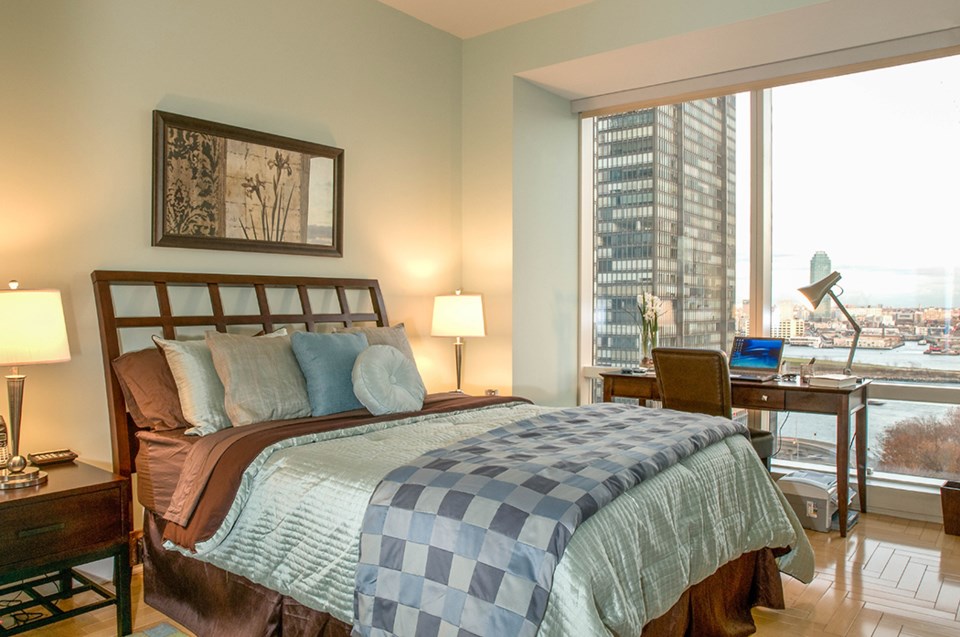Apartment-hunters in Tysons are finding things pricier than they were a year before, but a spate of new properties in the pipeline may keep regional (and national) price-appreciation from getting too much more out of hand.
With a median monthly rental cost of $2,017 for a one-bedroom unit and $2,411 for two bedrooms, the median rental cost in Tysons was up 0.4 percent month-over-month and a robust 7.1 percent year-over-year – more than double the national rate of 2.6 percent – according to new data reported March 28 by Apartment List.
The month-over-month increase was in line with its national counterpart, as Apartment List’s overall rent index rose 0.5 percent during March, its second straight rise after a steep early-winter decline and a slight acceleration in February.
“This month’s increase is of a similar magnitude to the typical March price change that we saw in pre-pandemic years,” Apartment List’s analysts said. “After 2022 closed out with record-setting price declines, it appears that rental demand is rebounding in line with the usual seasonal trend.”
“That said, the surging rent growth that we saw in 2021 and the first half of last year is solidly behind us,” analysts noted. “Even if demand continues to strengthen, a robust supply of new inventory hitting the market this year should keep prices in check. 2023 could be the first time since the early stages of the pandemic that we see property owners competing for renters, rather than the other way around.”
Rents increased month-over-month in March in 78 of the nation’s 100 largest urban areas, up from 62 that saw prices rise a month before. The pack was led by Boston, which saw median prices up a whopping 2.7 percent in a single month.
At the same time, 28 of those 100 top urban areas currently are logging negative year-over-year growth, up from 25 cities last month.
Scottsdale, Ariz., had the sharpest year-over-year price decline (5.4%), while Phoenix and Las Vegas are cooling, as well. So, too, are major California population centers, including Los Angeles and San Francisco.
Add up the pluses and minuses, and overall year-over-year rent growth is continuing to decelerate.
March’s rate of 2.6 percent is at the lowest level since April 2021. Year-over-year growth is now pacing slightly below the average rate from 2018 to 2019 (2.8 percent), and is expected to slow even further in the months ahead.
The Apartment List unit-vacancy index currently stands at 6.6 percent, which puts it back in-line with the average pre-pandemic rate. After bottoming out at 4.1 percent in October 2021, the national vacancy index has been rising for a year and a half, with the rate picking up steam since last summer.
“This easing has shown no signs of slowing, and it’s likely that the vacancy rate will even surpass that pre-pandemic threshold in the months ahead,” analysts noted.
“New apartment construction is recovering from pandemic-related disruptions, and there are now more multi-family units under construction than at any point since 1970,” analysts noted. “As this new inventory hits the market over the course of the year, we could begin to see property owners competing for renters to fill their units, a marked change from the prevailing conditions of the past two years, in which renters have been competing for a limited supply of available inventory.”



